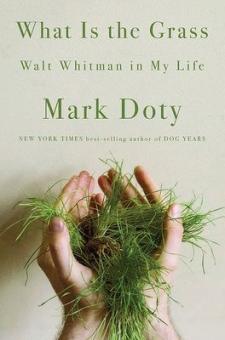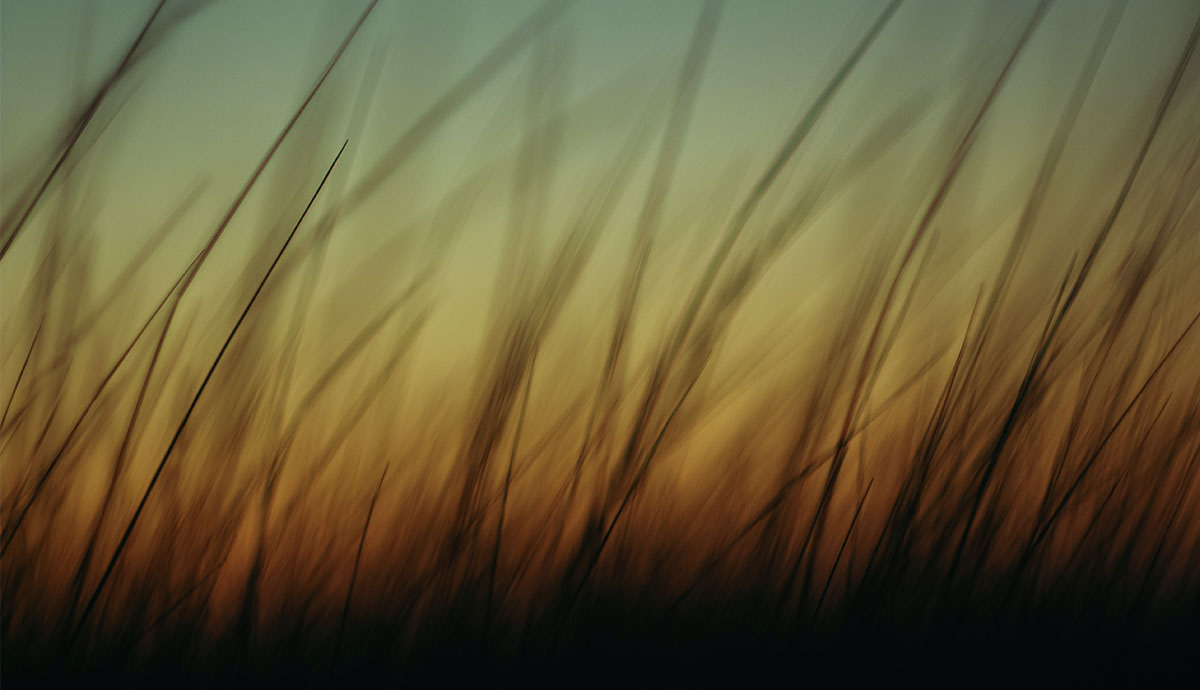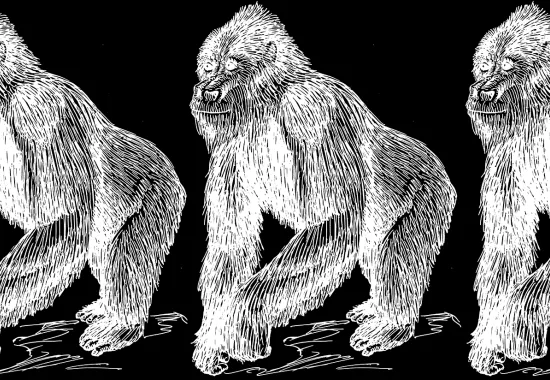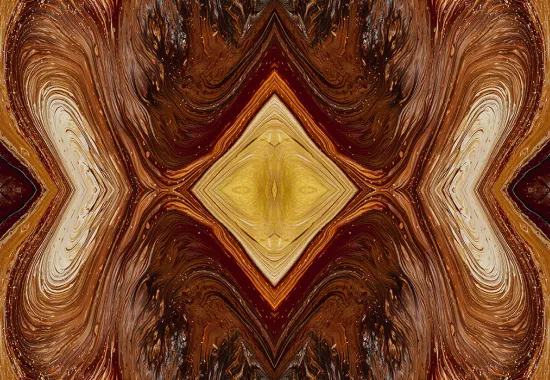Suturing Whitman: A Review of What Is the Grass: Walt Whitman in My Life by Mark Doty
A famous contemporary poet and memoirist writing on his great literary progenitor, the radical inventor of American free verse: What Is the Grass is an exciting arrival on the literary scene, and in the annals of work by twentieth-first-century poet-critics.
The subtitle—with its slightly archaic naïveté of tone, as if it were some nineteenth-century worthy’s gathering of pious reminiscences—describes the book literally enough, yet also throws a momentary, presumably ironic veil over its daring content. Doty is indeed interested in considering Whitman’s central presence in own his life as a gay man and writer; he is equally committed to bringing the insights derived from that life to bear as a reader of Whitman’s work. As readers we experience the book in three interwoven dimensions, all vivid and recurrently striking: as a poet’s insights into poems he has been thinking about deeply for years; as self-revealing memoir; and as the record of a mind awake, interrogating the junctures of the author’s contemporary life, Whitman’s historical life, and the subjectivity embodied in his text.
 When Doty asserts that Whitman has been in his life he is not speaking merely of his poetry. What Is the Grass is framed by two accounts of experiences in which temporal boundaries give way. In the preface, Doty recounts a visit to Whitman’s house-museum in Camden, where, looking at a stuffed bird that had been Whitman’s pet, he slips out of himself: “I was looking through the eyes of that green friend when those eyes were still living gel. I saw the pinkish, wrinkled skin of a robust old man’s neck, right before me…and suddenly I could smell his warm skin, dusted with talc from his bath.” Later in the book, he shares a more dramatic experience of seeing Whitman looking at him, his face replacing the face of Doty’s lover in the bed. Doty shares these incidents with wonder but without apology. He cites Jose Muñoz’s discussion of what it means to queer historical evidence, “suturing it,” Muñoz writes, “to the concept of ephemera. Think of ephemera as trace, the remains, the things that are left, hanging in the air like a rumor.” Whitman is present to Doty not only as textual legacy but as embodied trace, so that he can claim, only half-jokingly, “I have been to bed with the man.” And indeed, if anyone in history were eager to float forward into the present this way, who more likely than Whitman?
When Doty asserts that Whitman has been in his life he is not speaking merely of his poetry. What Is the Grass is framed by two accounts of experiences in which temporal boundaries give way. In the preface, Doty recounts a visit to Whitman’s house-museum in Camden, where, looking at a stuffed bird that had been Whitman’s pet, he slips out of himself: “I was looking through the eyes of that green friend when those eyes were still living gel. I saw the pinkish, wrinkled skin of a robust old man’s neck, right before me…and suddenly I could smell his warm skin, dusted with talc from his bath.” Later in the book, he shares a more dramatic experience of seeing Whitman looking at him, his face replacing the face of Doty’s lover in the bed. Doty shares these incidents with wonder but without apology. He cites Jose Muñoz’s discussion of what it means to queer historical evidence, “suturing it,” Muñoz writes, “to the concept of ephemera. Think of ephemera as trace, the remains, the things that are left, hanging in the air like a rumor.” Whitman is present to Doty not only as textual legacy but as embodied trace, so that he can claim, only half-jokingly, “I have been to bed with the man.” And indeed, if anyone in history were eager to float forward into the present this way, who more likely than Whitman?
The book is organized in sections devoted to five foundational sources that Whitman’s innovative poetics derives from: “a radical experience of reality, magnificent and disruptive”; queer sexuality; being a citizen of New York; spoken American English; and a fascination with death. Most of these elements are broadly familiar to anyone who has studied Whitman; the sections offer useful guideposts for readers less familiar with the poet, and scaffolding for the more fluid content of the chapters they contain. Notably more discussion is devoted to the first and especially the second of these sources, where Doty clearly has the most to say. While the book does not presume extensive knowledge of Leaves of Grass, neither is it designed as a comprehensive introduction to Whitman’s work.
This is in no way an academic study (there are no notes, nor a bibliography), but Doty obviously knows his subject through research as well as subjective connection. More important, he close reads passages of the poetry with superb attention and insight; I was repeatedly struck by how much the book woke up my own reading of Whitman, whom I taught for many years (yet always found challenging; there is so much, and the structure is so open, how to pin down attention to specific moments?). Doty is especially good at noticing what Whitman says without saying it for readers across history who are primed to notice, and at suggesting ways to approach his more mysterious imagistic passages. These readings are impossible to summarize briefly; as a small taste, I like the conclusion of several pages of rich discussion of the six-line section 29 in “Song of Myself,” composed in three two-line stanzas: “[What Whitman] is saying here cannot be taken at face value, because there isn’t any ‘face’—instead we’re presented with a swirl of terms of exchange, and images of fertility, and release held inside the framing devices of the couplets, which invite us to read, literally, between the lines.”
In the forthrightness of his exploration of his own gay history—including elements he has not addressed in previous memoirs, such as the details of his marriage at eighteen to an older woman—Doty seems driven by the desire to live up to his mentor in vulnerable self-revelation, though these days we no longer need the translucent veil Whitman throws over his sexuality. These sections are compelling to read, and, while at points graphic, they are in no way superfluous. Sexual experience is for Doty the point of intersection for soul and body, and integral to his ability to read this meeting that also lies at the heart of Whitman’s work. Voicing both Whitman and a version of himself, he asks, “How else will I know the world, if not by touching as much of it as possible, finding in the bodies of my lovers and fellows my coordinates?”
Reading the book we get the impression of Doty’s supple intelligence in action, seeking to plumb the mysteries of his complex subject, and to connect to the reader—like Whitman, he is not performing his “I” in isolation, but speaking to us in an approachable, intimate-yet-public way.
The ever-expanding editions of Leaves of Grass contain multitudes, and not all of it is of interest to Doty. He deals only with Whitman’s greatest early work, poems that appear in the 1855, 1856, and 1860 editions. This is understandable—and, at 276 pages, I did not wish the book longer—yet, given our historical moment, the lack of discussion of Whitman’s Civil War poetry stands out. Notably, in summer 2020 Doty published “Not Enough Beds,” a short essay that links Whitman’s poem “The Wound-Dresser” to the COVID-19 pandemic, as a kind of addendum. Beyond that, I began to notice how essentially apolitical Doty’s reading is; Whitman was writing from the beginning in a context of intense national division and, some critics contend, as an engaged response to a sense of political despair. How might that Whitman figure into Doty’s life—into all our lives? Perhaps the present is still too close to us to say. He does, however, address the problem of a number of racist statements made by Whitman, which have drawn more attention recently, balancing them against Whitman’s recognition of Black humanity in his poetry, and arguing that “what is required to confront history…is an allegiance to complexity, a refusal to oversimplify.” That would likely be my own response as well; whether it is adequate is for others to judge.
The individual chapters of What Is the Grass are written in segments of varying length, rather than as linear argument; the segments function as something akin to Whitman’s strophes, encouraging us to think through the white space between them or leave it be; they return us freshly again and again to the question at hand. Reading the book we get the impression of Doty’s supple intelligence in action, seeking to plumb the mysteries of his complex subject, and to connect to the reader—like Whitman, he is not performing his “I” in isolation, but speaking to us in an approachable, intimate-yet-public way. Doty’s characteristic lush, lyrical style and syntax is evident throughout the book, and I found myself thinking that his writing too resembles Whitman’s spider, the one who “launch’d forth filament, filament, filament, out of itself, / Ever unreeling them, ever tirelessly speeding them.” Occasionally this verbal unreeling can feel almost overwhelming. Yet it’s hard to imagine any open-minded reader who cares about poetry or memoir failing to be caught and drawn in.
Recommended
Schizophrenic Sedona
Recense (realized)
Notes on Hands






